One Man and Many Irish Surnames
Many Irish surnames have spread throughout the world over the last number of centuries. Here is just one example of so many surnames (Irish and otherwise) coming from a single husband and wife.
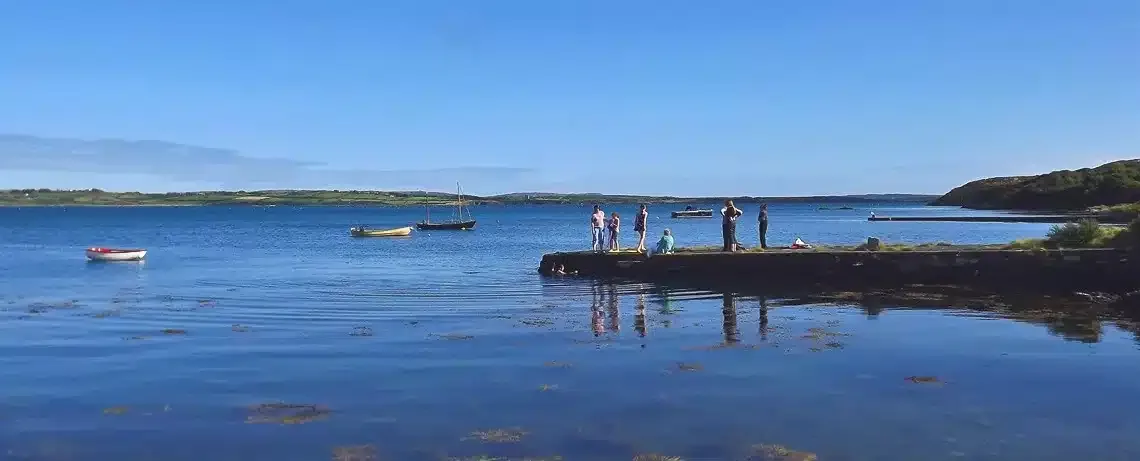
I was chatting with my father a few days back—he’s of an age where childhood memories spring up unexpectedly into the conversation. He talked about the great time he had with his brothers ‘lepping’ and pushing each other off the end of the pier in Foilnamuck while his father worked on a boat nearby.
As children ourselves, we went swimming off the end of this same pier on many the endless summer day—not another person in sight for miles around.
John Collins.
In 1880, John Collins, my great grandfather, left the townland of Arduramore in West Cork and travelled all of 10 miles to marry Catherine Sullivan. They then built a house in the townland of Foilnamuck on the shores of Roaringwater Bay where John could build his boats on the nearby pier.
John was a skilled shipwright and was responsible for both designing and building the sand boat fleet of Ballydehob. In the days before artificial fertiliser, it was essential to feed the land with both kelp and nutrient-rich sand from the bottom of local inlets. The sand boats dredged the inlets and carried this sand to the local quays. The local farmers either had sand boats of their own for this purpose or hired local boat owners to keep their lands supplied.
Ballydehob Quay was the central hive of sandboat activity, boats came in by day and night and discharged their load of sand and kelp for the local farmers to collect by horse and cart. It was a centre of commerce, chat and entertainment. John Collins ran his operation from Foilnamuck Pier, a couple of miles from the village. It was constantly busy with apprentices and visitors dropping by for repairs and a general chat. While John was relatively successful with his boatbuilding business. Most of his own brothers and sisters, nieces and nephews had to look elsewhere for a living. Always overseas.
My great-grandfather died in 1916 and his son, Mike, took over the business. However, by the end of the second world war the demand for sand as a fertiliser had dropped away. My own father and his brothers were in line to apprentice as boat-builders. But there was now no point, so they served their time as carpenters instead. Each in turn headed towards the building boom that was London in the 1950s.
I wonder how John Collins would feel if he could cast an eye over what became of his children, grandchildren and great grandchildren? Of all of his descendants, only one in four remain in Ireland today. The following many Irish surnames from his family tree give an indication of the many corners of the world where the rest ended up:
Balfour, Barry, Bosley, Britton, Burke, Cannon, Collins, Cornette, Deutscher, Doering, Donovan, Fennell, Flores, Freeman, Glazek, Goff, Halliday, Hervey, Kreger, Laster, Lien, McEwan, Mroczka, Nelson, O’Brien, O’Donovan, O’Neill, Pilarski, Richardsen, Ryan, Rybinski, Stypula, Valentine, Whetstone, Whitford.
So, today Carina and myself might take a trip down to Foilnamuck and sit on the edge of the pier and maybe even dip our toes into the still-chilly water. We’ll think of John Collins, if we catch a boat sailing by, and the many hundreds of our cousins who spread all over the world from this very spot.


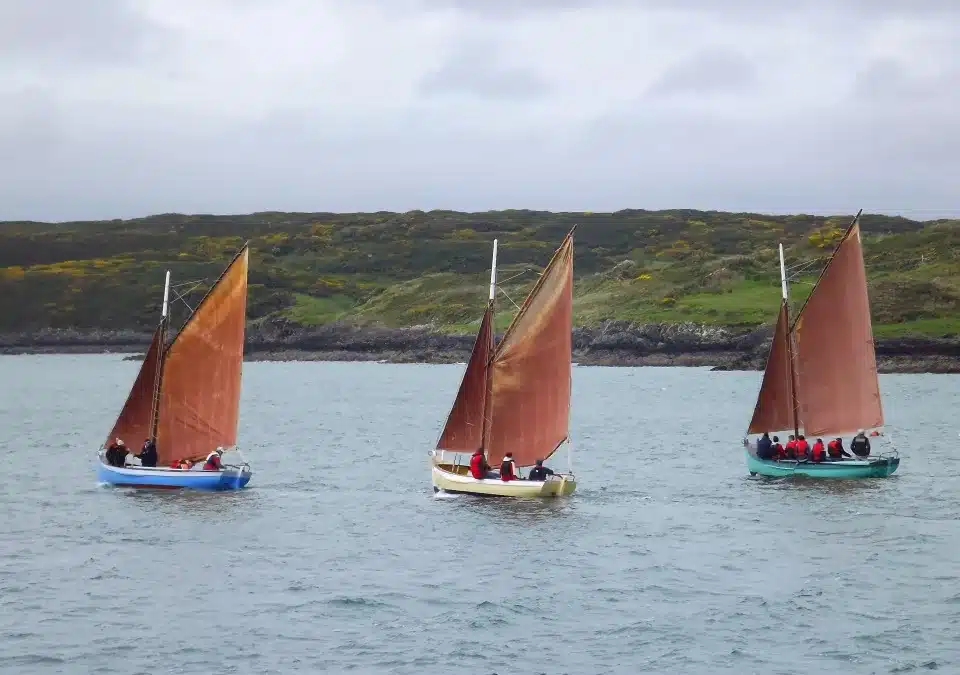
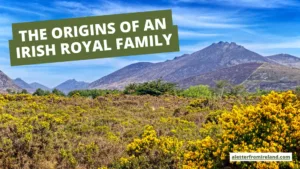
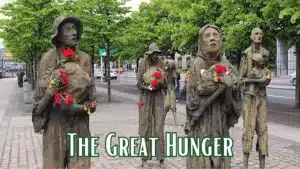
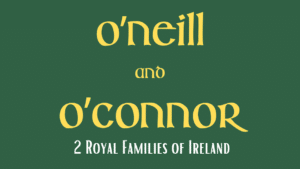
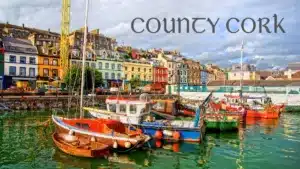
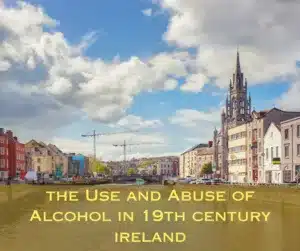
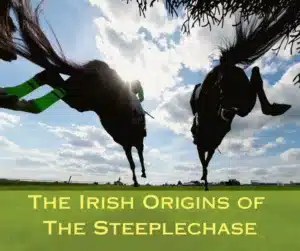
Only Plus Members can comment - Join Now
If you already have an account sign in here.